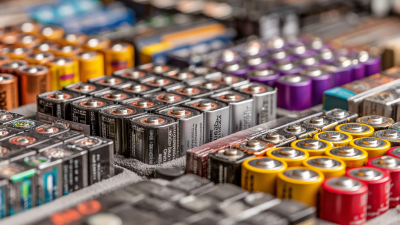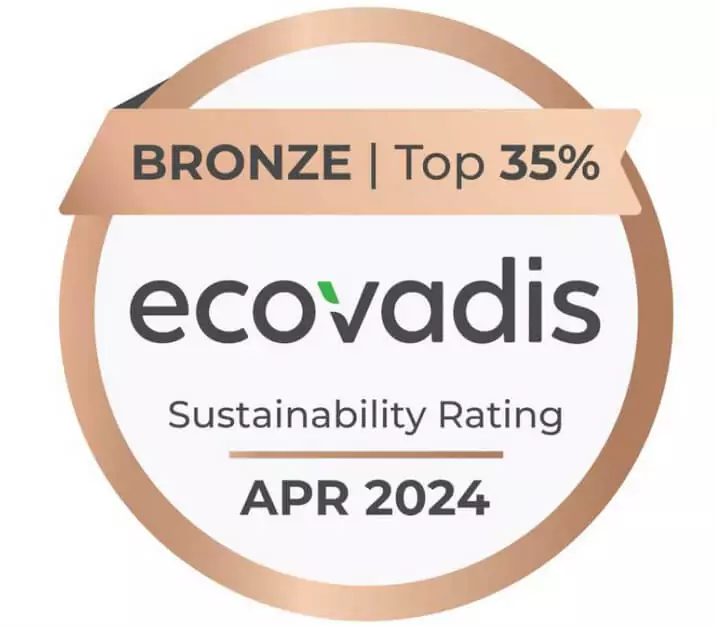2025 Top Shipping Lifepo4 Batteries for Sustainable Energy Solutions
In the quest for sustainable energy solutions, the role of shipping lifepo4 batteries has become increasingly pivotal. As environmental concerns escalate and the demand for cleaner energy sources intensifies, shipping lifepo4 batteries emerge as an innovative response to the challenges posed by conventional energy storage methods. These batteries not only offer exceptional performance but also showcase remarkable sustainability features that align with global eco-friendly initiatives.
As we look ahead to 2025, advancements in technology and manufacturing processes continue to enhance the efficiency and reliability of shipping lifepo4 batteries. Their characteristics, such as long lifecycle, low self-discharge rates, and robust safety profiles, make them ideal for a variety of applications, ranging from electric vehicles to renewable energy systems. This evolution is crucial for reducing carbon footprints and promoting renewable energy adoption across various industries.
In this article, we will explore the top shipping lifepo4 batteries of 2025, examining their specifications, applications, and the overarching benefits they bring to sustainable energy solutions. By delving into the innovations and trends shaping this sector, we aim to provide valuable insights into how shipping lifepo4 batteries can contribute significantly to a greener and more sustainable future.

2025 Projections: Market Trends in Lifepo4 Battery Adoption for Shipping Industry
The shipping industry is poised for significant transformation as consumer awareness of sustainability continues to rise. This growing consciousness is driving a robust market for lithium-ion battery recycling, creating new opportunities for companies to invest in sustainable energy solutions. Current data indicates that the United States transportation battery market is set to expand dramatically from approximately $29.22 billion in 2024 to an impressive $83.20 billion by 2033. This growth is largely attributed to the escalating demand for eco-friendly energy sources among consumers and businesses.
Furthermore, projections for the lithium market suggest a dramatic shift looming by 2026, with expectations of a transition from oversupply to a potential crisis. This imminent lithium demand boom is driven predominantly by the surging adoption of electric vehicles (EVs) and the increasing reliance on energy storage systems. As the shipping sector increasingly integrates Lifepo4 batteries into its operations, the focus on sustainability will not only reshape commodity markets but also enhance operational efficiency, positioning the industry for a greener future.
Key Performance Metrics: Evaluating Lifepo4 Batteries in Marine Applications
In the pursuit of sustainable energy solutions, Lithium Iron Phosphate (LiFePO4) batteries have emerged as a top choice for marine applications. Their distinct advantages over traditional lead-acid batteries reflect key performance metrics that make them ideal for shipping. One critical metric is energy density, where LiFePO4 batteries offer significantly higher capacity in a lighter package, leading to improved vessel performance and efficiency.
Another important factor is safety. LiFePO4 batteries are less prone to overheating and thermal runaway, making them a safer alternative for maritime use. Furthermore, their long cycle life translates into lower maintenance costs and a reduced environmental footprint, which is essential for sustainable practices in the shipping industry.
Tips for selecting the right LiFePO4 battery include assessing the specific energy demands of your marine application and considering the battery's discharge rate to ensure optimal performance under various conditions. Additionally, always check for manufacturer certifications and warranties, as these can provide insights into battery reliability and performance longevity, ensuring your investment is sound for years to come.
Sustainability Focus: Environmental Impact of Lifepo4 Batteries in Shipping
The use of Lithium Iron Phosphate (LiFePO4) batteries in the shipping industry is gaining traction as a sustainable energy solution. With the global shipping sector accounting for approximately 2.89% of total greenhouse gas emissions, transitioning to cleaner energy sources is imperative. LiFePO4 batteries are notable for their long cycle life, safety, and thermal stability, which make them a compelling choice for maritime applications. Unlike traditional lead-acid or nickel-based batteries, LiFePO4 batteries have a significantly lower environmental impact, producing less pollution during both production and disposal. According to a report by Research and Markets, the global LiFePO4 battery market is expected to grow at a CAGR of over 14% from 2020 to 2027, driven by the demand for renewable energy and environmentally friendly technologies.
The environmental impact of LiFePO4 batteries goes beyond emissions reduction. A lifecycle assessment reveals that these batteries can reduce carbon footprint by up to 60% in comparison to conventional battery technologies over their lifespan. Additionally, LiFePO4 batteries are made using abundant and non-toxic materials, which enhances their sustainability profile. As the shipping industry seeks to align with the International Maritime Organization's goals of reducing greenhouse gas emissions by at least 50% by 2050, leveraging LiFePO4 technology appears to be a key strategy in achieving these targets. The move toward sustainable solutions in shipping not only benefits the environment but also enhances operational efficiency and reduces reliance on fossil fuels.
Cost Analysis: Lifepo4 Battery Investment vs. Traditional Marine Power Sources
The recent surge in demand for sustainable energy solutions has propelled the
Lifepo4 battery market into the spotlight, particularly in the
marine sector where traditional power sources have dominated for years.
According to a comprehensive market study, the Global Battery Backup Unit market is projected to experience
robust growth, with an expected value exceeding several billion dollars by 2025. The shift towards electric
and hybrid marine vessels has heightened the necessity for reliable energy storage systems, making
Lifepo4 batteries a leading choice due to their long cycle life, safety, and
lower environmental impact.

Cost analysis reveals stark differences when comparing
Lifepo4 battery investments with traditional marine power sources.
Despite the upfront costs associated with Lifepo4 systems, operational expenses are significantly lower over time.
Reports indicate that Lifepo4 batteries offer reduced maintenance costs and increased efficiency, translating
to savings that can offset initial investments. As the marine industry increasingly invests in greener
technologies, understanding these economic advantages will become crucial for stakeholders looking to
optimize their energy solutions while adhering to sustainability goals.
Innovations in Lifepo4 Technology: Enhancements Driving Future Shipping Solutions
The advancements in lithium iron phosphate (LiFePO4) technology are paving the way for sustainable energy solutions in the shipping industry. A recent innovation featuring a lithium-ion auxiliary power unit (APU) in Montreal, capable of providing extended runtimes up to 12 hours without idling, exemplifies the potential of this technology. Such developments are indicative of a growing trend toward integrating efficient battery systems into transport logistics. According to industry research, the global market for LiFePO4 batteries is expected to reach $XX billion by 2025, driven largely by their favorable safety profile and superior thermal stability compared to traditional lithium-ion batteries.

Recent enhancements in LiFePO4 technology also include increased energy density and reduced manufacturing costs, which are critical for long-haul shipping applications. Reports suggest that LiFePO4 batteries now offer cycle lives exceeding 3,500 charge-discharge cycles, positioning them as a reliable energy source for fleets aiming to minimize downtime and environmental impact. Additionally, innovations in battery management systems are optimizing performance, leading to more intelligent and sustainable shipping practices that align with the industry's broader carbon neutrality goals. As these advancements continue, they will significantly reshape the future logistics landscape.












